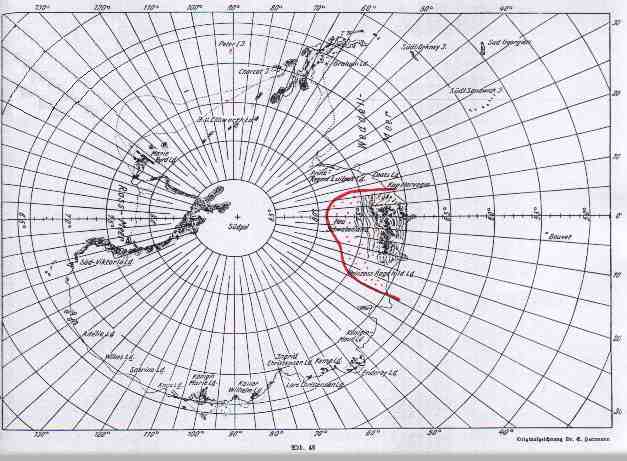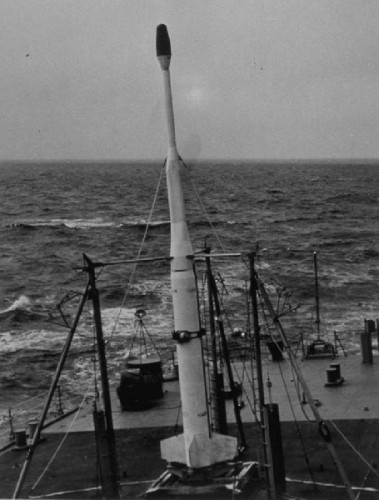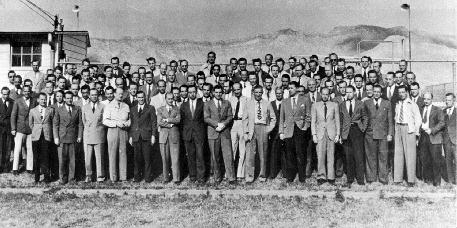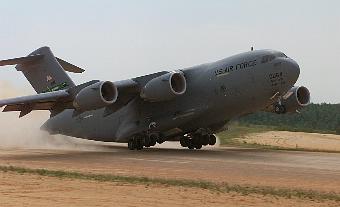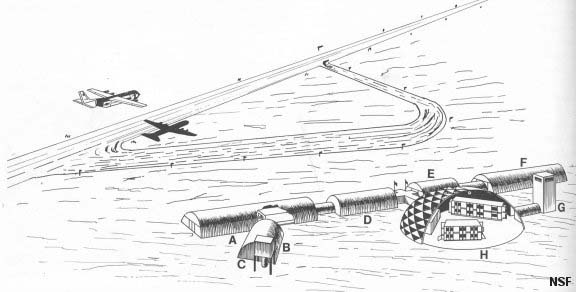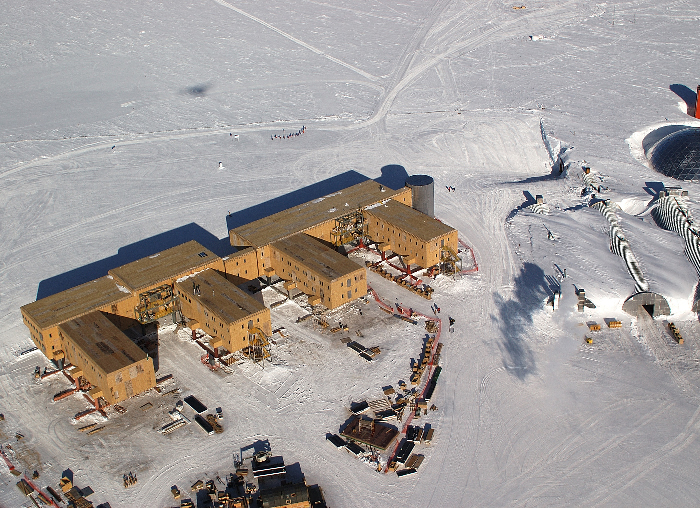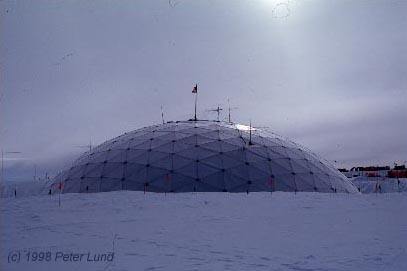|
Antarctica Expeditions and Bases Posted by brotherthebig, on April 4, 2007 at 00:39
GMT
[post #3/5] Antarctica and New Schwabenland (in red)
Lockheed X-17A used for the nuclear tests in Operation Argus;
brotherthebig. |
||||||||
| Posted
by brotherthebig, on March 29, 2007 at 14:11 GMT
Hi, :cool: Maybe some of you already seen this, but this is a very interesting thread about Germans WWII saucers http://www.abovetopsecret.com/forum/thread273023/pg1 , with a lot of information, photos and videos. Does anyone have any information, or references, about the possible Germans saucers bases in Antarctica and the 1958 nuclear bombing that was done there? Thanks
|
||||||||
Added by Pegasus:
To follow the chronology of events from 1945 to the present activities in Antarctica see these two pages; To understand what is going on in Antarctica the best way is to explore the "back doors" If there are any secret projects going on, it is unlikely we will get direct evidence, but there are many indirect sources that when assembled into a bigger puzzle, begin to paint a picture. The above pages are an ongoing collection putting the pieces of the puzzle into ti,eline perspective. It is a work in progress but many details have already imerged. Below are soem of the key links in seeking pieces of the puzzle.Pegasus
Field, McMurdo Staion, Antarctica
Editors Note: This report is from a "tourist" point of view, yet reveals many interesting facts. Pegasus Field is used to land heavy transports on the ice, and also supplies the Russian Vostok Station. Vostok Station was also mentioned in the 1946 Antarctic activities. Seems the Russians are still as active there as well. Pegasus Field, Antarctica: Scouring Old Wounds 2000 - 2001 This is a modern report of cleanup operations from
the military activities in Antarctica, specifically around McMurdo Station,
Key points are;
Editors Note: The above major cleanup effort says two things of importance. The first is that major activity has been going on here since 1956; Second, judging by the amount of waste produced daily today there is still ongoing major activity. The sheer quantity of waste, contaminated soil, fuel spills and metal dynamited to the ocean floor is proof of something major taking place. Both these articles mention the Navy as the main players in the region since 1956 Pegasus Field, Antarctica February 20, 2002
- "The newly developed compaction process
protects the runway from sun damage while having the structural strength
necessary to withstand the stresses imposed by the landing of large aircraft
such as the C-5
Galaxy, one of the world's largest aircraft; the C-17
Globemaster, the newest air force cargo plane; and the older C-141s."
- Peter West
Raytheon
Polar Services Company
Raytheon Main Company Site - A major defense contractor More Afoot in Antarctica; In
Antarctica, the Crud is a Natural Hazard - By Deborah Zabarenko
South
Pole Death Mystery - Who killed Dr Rodney Marks?
Editors Note. The story has been since removed from the news site. We have a copy at Pegasus, but permission to reprint is pending Space Agencies Activities in Antarctica;
Amundsen-Scott South Pole Station; - "The original South
Pole station, now referred to as "Old Pole", was constructed by an 18-man
United States Navy crew during 1956–1957. The crew landed on site in October
1956 and was the first group to winter-over at the South Pole, during 1957.
Since the winter conditions at the South Pole had never been measured,
the station was built partially underground in order to protect it from
the worst imaginable weather."
Exploring Antarctica (1967) .
Intrigued by exploration in space and on Earth, Dr. Von Braun participated in an expedition to Antarctica. This photo was made on or about January 7, 1967. See more about Wernher von Braun and his Antarctica Expedition |
||||||||
|
U.S. Admits "Salvage Operation" Underway in Antarctica CAPE CANAVERAL, Florida (AMP) — The United States for the first time admitted it is engaged in a "salvage operation" in Antarctica and says that a recently discovered "anomaly" two miles beneath the ice is a NASA Mars module lost during an ill-fated training mission 31 years ago. "Our salvage crew has found a piece of American spaceflight history at the bottom of an eleven-thousand-foot-deep ice gorge in East Antarctica," Defense Department spokesman Glenn Flood said. "But an icy gale crushed the robotic rover used to identify and photograph the spacecraft, putting recovery efforts on hold until the polar storm passes." That could be weeks, he added. Observers in the international community were suspicious of the announcement, calling the "recovery effort " a cover story for something more sinister. "Why all the secrecy?" asked one French diplomat at the United Nations. "When the Liberty Bell 7 space capsule was discovered on the floor of the Atlantic Ocean, much hoopla was made. Now it sits in the Kansas Cosmosphere. Where is the publicity for this discovery?" Some intelligence analysts speculate that the lost Mars module was powered by a compact nuclear reactor plant. That would be in direct violation of the international Antarctic Treaty. "The irony," said one space observer, "is that in attempting to cover its past infringements, the U.S. does even greater violation to the treaty." To this day NASA has refused to release details on the module, Red Genie, or the names of its four occupants. But some old-timers from the Apollo space program recall Red Genie disappeared halfway through a 40-day training mission meant to simulate conditions on Mars after the ice beneath it mysteriously collapsed, revealing an ancient, scythe-like gorge almost one mile long and two miles deep. [Click here to take a virtual tour of Antarctica, courtesy of the Center for Astrophysical Research in Antarctica (CARA).] When asked why a military rather than a civilian salvage crew was used, Flood said that NASA reserved the right to inspect the capsule for signs of what went wrong in 1969. Two cameras and a tape recorder were on board that could shed light on what happened in one of the more intriguing mysteries of American space flight. "Few Americans are aware that NASA had plans to put the first man on Mars in 1982," said former Apollo systems technician Peter Nordquist, 78. "And we could have done it back then cheap. Just imagine. Today a manned flight is so cost-prohibitive that nobody will seriously talk about it. They want to stick with robots like the Sojourner." The Mars shuttle, as originally formulated by rocket pioneer Wernher von Braun in 1953 and later revised by NASA planners in the late 1960s, was scheduled to depart the American space station Freedom on November 12, 1981, reach the red planet on August 9, 1982, and return to Earth one year later. But by 1969 the war in Vietnam had sapped the federal budget, and the moon landing had temporarily satiated Americans' appetite for space exploration. With congressional opposition to the mission mounting, President Nixon rejected the Mars mission and space station program. Only the space shuttle got the green light. Critics in hindsight say Nixon's catastrophic decision set back the Mars program for decades, left the space shuttle all dressed up with no place to go and cast a rudderless NASA adrift in the political backwaters of Washington without a clear vision. SOURCE:
Update: Since this post was made... updated info shows the 'news article' was a marketing program for a book. Must have worked because it became a best seller Update: Original links are dead as of 2008 but can be found at the Wayback Machine Internet Archives. We have some of the archives availabe here as well copied from the Wayback Machine:
|
||||||||
|
||||||||
| More Links Provided by Pegasus:
Steve Quayle Antarctica Archive:
Also added links from other sources:
Lake Vostok and Related
Admiral Richard E. BYRD
|
||||||||
|
|
